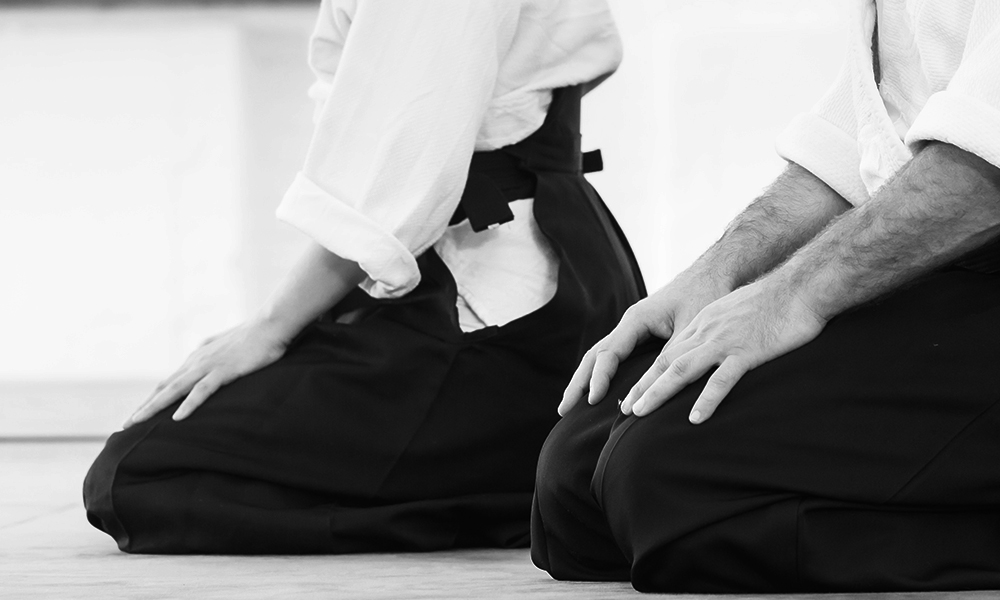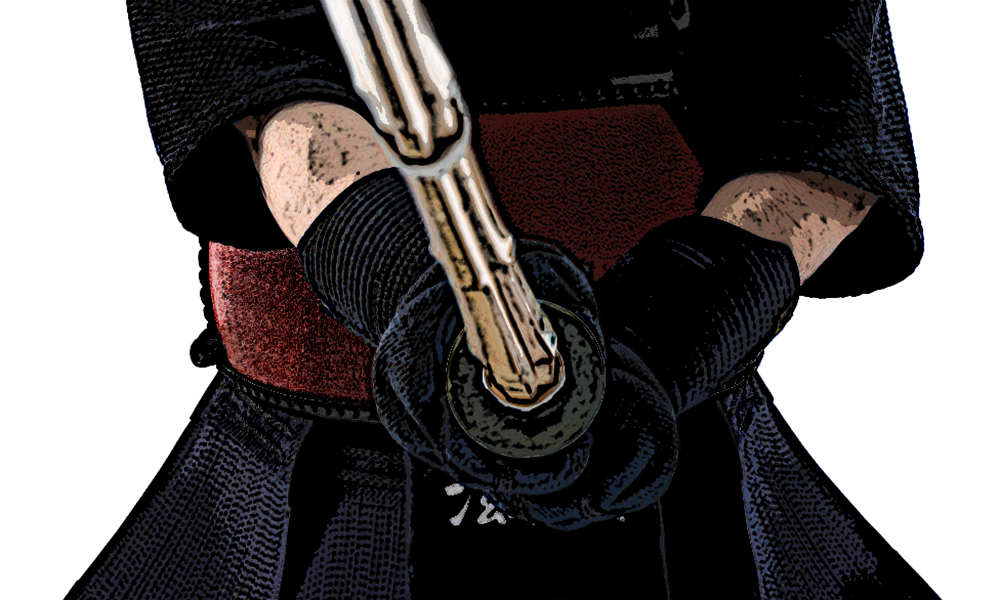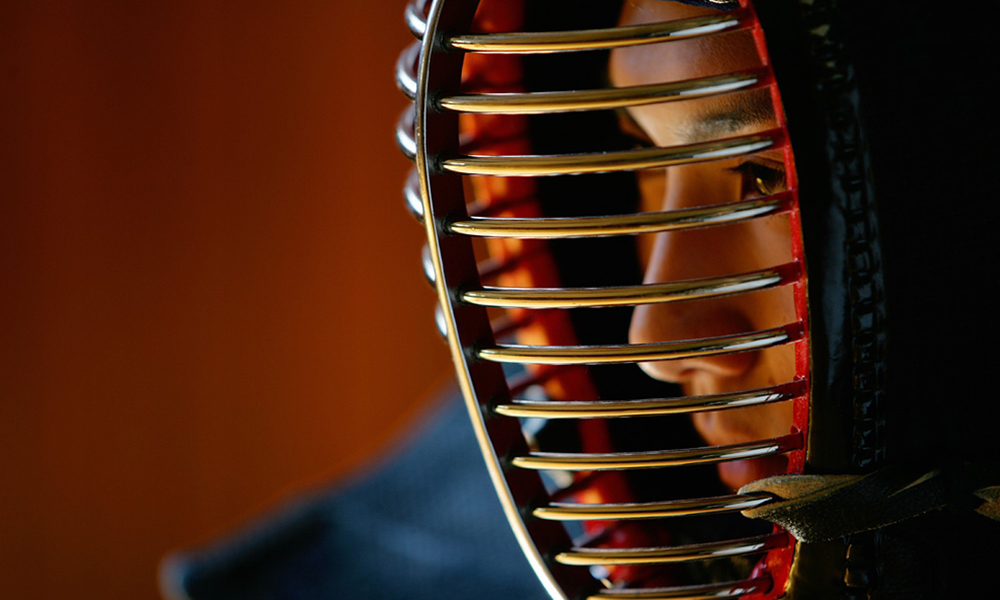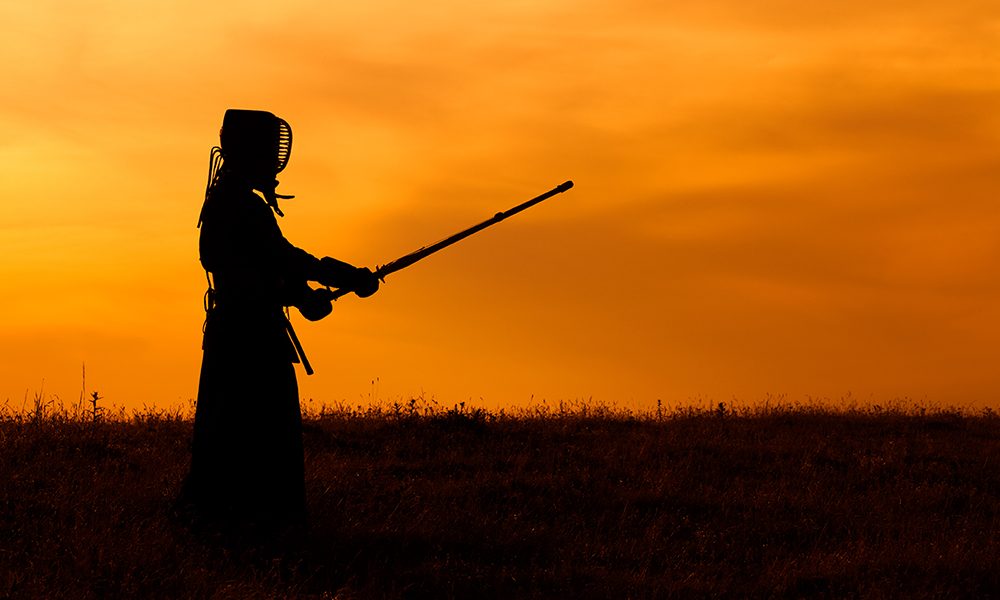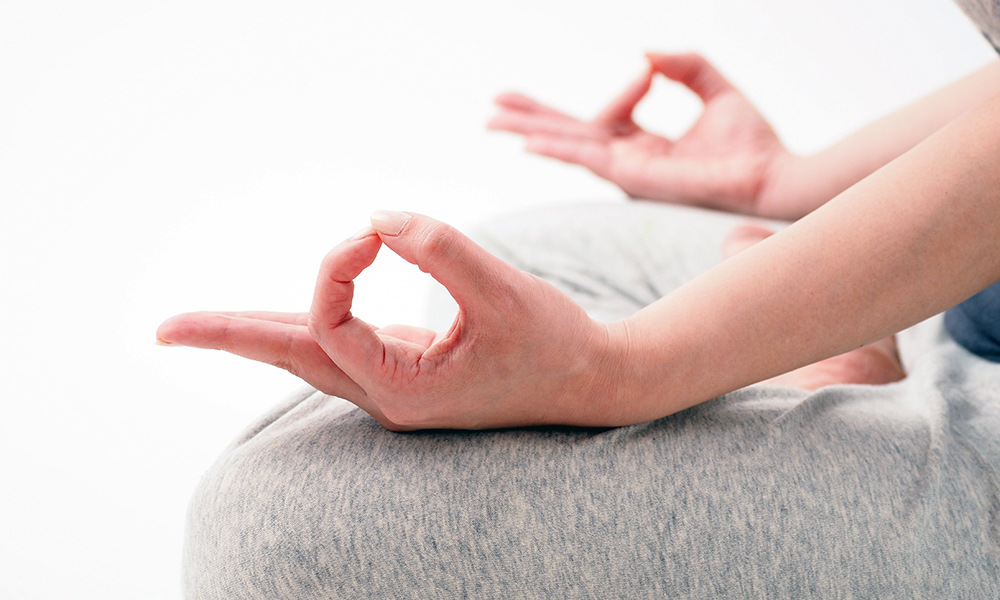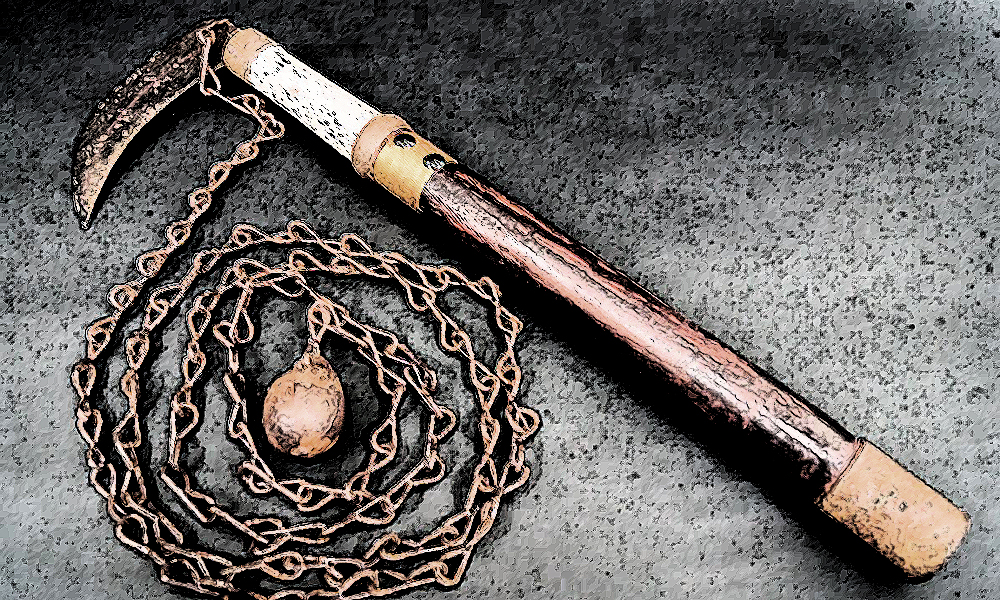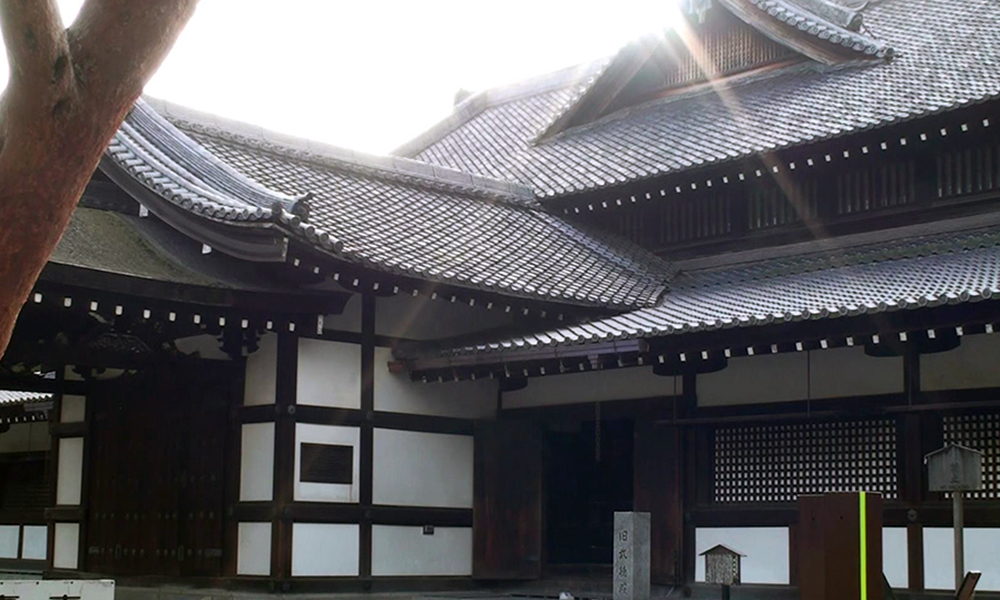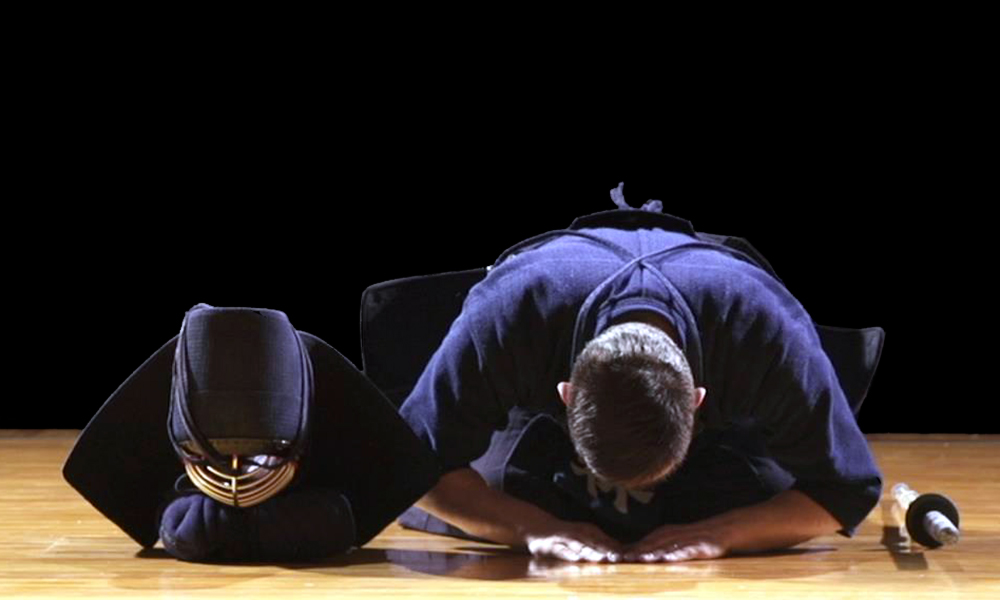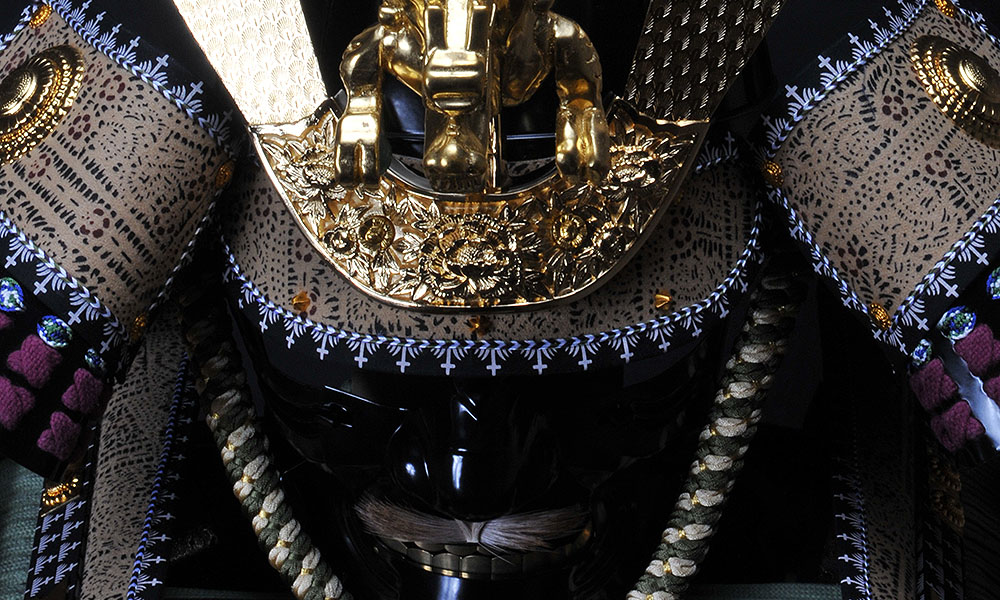Why Mokuso?
I’m sure many of you would sit silently and meditate with your eyes closed both before and after practice. Some groups call it mokuso (silent thinking), some meiso (closed-eye thinking), or seiza (simply, sitting). When you join the dojo, the instructor will tell you the meaning and how to do Read More


